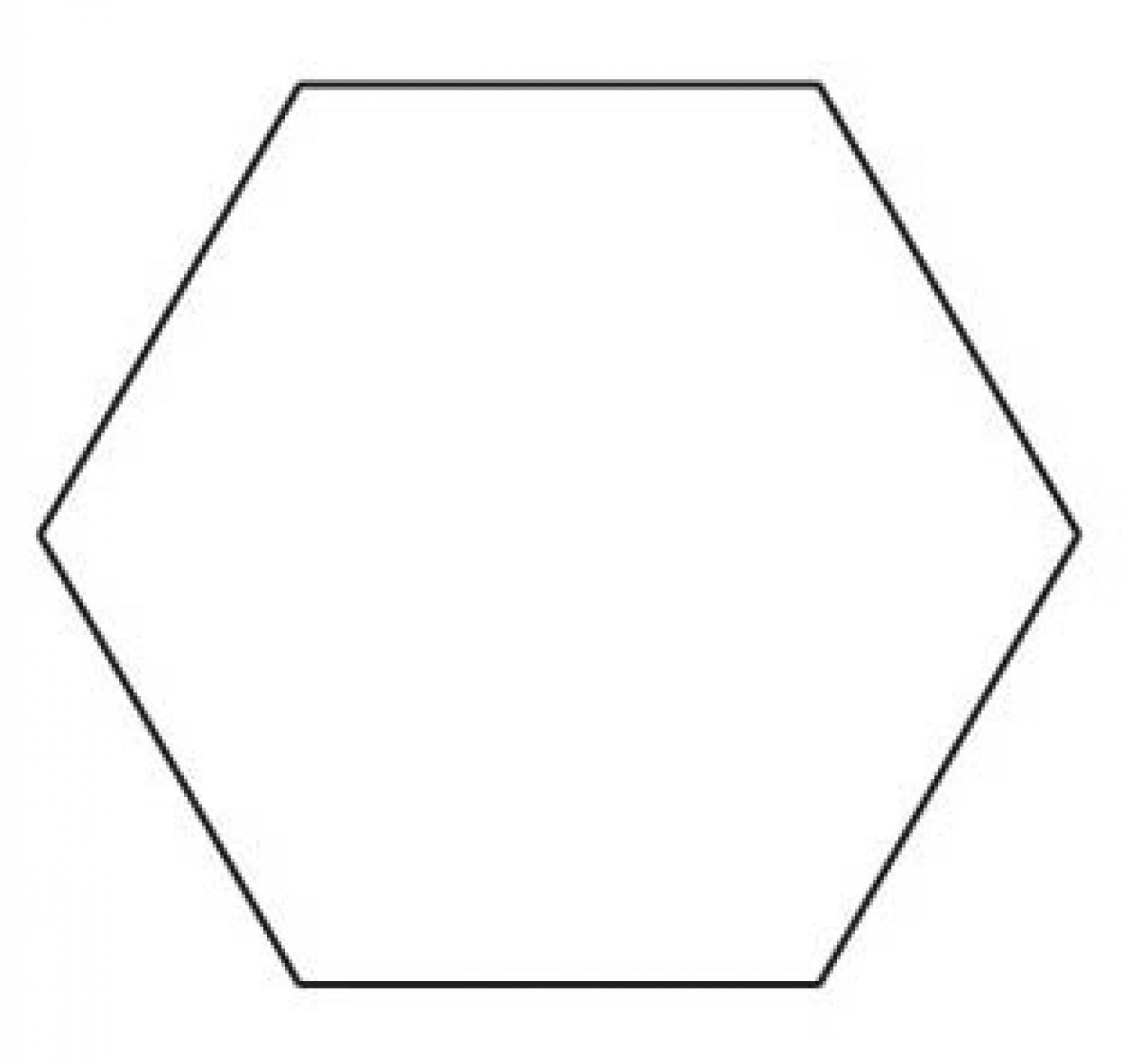From the intricate architecture of a honeycomb to the striking symmetry of a snowflake, hexagons are ubiquitous in nature and human design. This comprehensive guide explores the fascinating world of hexagons, delving into their properties, formulas, real-world applications, and even their potential future implications. Join us as we unlock the secrets of this six-sided wonder.
Decoding the Hexagon: Definition and Types
What exactly is a hexagon? Simply put, a hexagon is a two-dimensional geometric shape with six sides and six angles (vertices). While this broad definition encompasses a variety of hexagonal forms, we can categorize them into distinct types:
Regular Hexagons: The Epitome of Symmetry
A regular hexagon stands out with its perfect symmetry, boasting six equal sides and six equal angles. Each interior angle measures precisely 120 degrees, while each exterior angle measures 60 degrees. This uniformity is key to many of the hexagon’s remarkable properties, particularly its ability to tessellate.
Irregular Hexagons: Embracing Asymmetry
In contrast to their regular counterparts, irregular hexagons have sides and angles of varying lengths and measures. While still possessing six sides and six vertices, their asymmetry lends them a unique character. Think of a hand-drawn hexagon – likely a little wobbly, but unmistakably six-sided.
Convex vs. Concave: A Matter of Perspective
Hexagons can be further classified as either convex or concave:
-
Convex Hexagons: All interior angles are less than 180 degrees. A standard stop sign exemplifies this type.
-
Concave Hexagons: At least one interior angle exceeds 180 degrees, creating an inward “dent.” A six-pointed star with indented points illustrates this concept.
| Feature | Regular Hexagon | Irregular Hexagon |
|---|---|---|
| Sides | Equal | Unequal |
| Angles | Equal (120°) | Unequal |
| Interior Angles | All < 180° | Can be > 180° |
Exploring Hexagonal Properties: Tessellation and Dimensions
Hexagons possess unique properties that contribute to their prevalence in nature and design. One key characteristic is their ability to tessellate, meaning they can tile a plane seamlessly without any gaps or overlaps. This remarkable feature stems from the 120-degree interior angle of a regular hexagon. When three regular hexagons meet at a vertex, their angles sum up to a perfect 360 degrees, enabling them to interlock flawlessly. Interestingly, some irregular hexagons can also tessellate under specific conditions, such as having parallel opposite sides and equal opposite angles. Dive into the intricacies of specialized terminology with this comprehensive CVCE word list.
Sizing Up a Hexagon: Area and Perimeter
Two fundamental measurements for any hexagon are its area and perimeter:
-
Area: The area of a regular hexagon can be calculated using the formula (3√3/2) * s², where ‘s’ represents the length of one side. This formula derives from the fact that a regular hexagon can be divided into six equilateral triangles.
-
Perimeter: The perimeter of any hexagon, regular or irregular, is simply the sum of its side lengths. For a regular hexagon, this simplifies to 6 * s.
Hexagons in Nature: Efficiency and Elegance
Why are hexagons so common in the natural world? The answer likely lies in their efficiency and stability:
-
Honeycombs: Bees, renowned for their architectural prowess, construct honeycombs with hexagonal cells. This shape maximizes storage capacity while minimizing the amount of beeswax needed, a testament to nature’s efficiency.
-
Snowflakes: The mesmerizing six-fold symmetry of snowflakes arises from the way water molecules arrange themselves during crystallization. This hexagonal structure offers both beauty and stability.
-
Basalt Columns: These striking geological formations, created by the cooling and fracturing of lava flows, often exhibit hexagonal cross-sections. This probably relates to how stresses and strains distribute during the cooling process, resulting in the characteristic hexagonal pattern.
Hexagons in Our World: From Everyday Objects to Advanced Technology
Hexagons are not confined to the natural realm; they permeate human design and technology:
-
Tools and Fasteners: The hexagonal heads of bolts and nuts provide a secure grip for wrenches, making them less likely to slip compared to square or pentagonal shapes.
-
Gaming: Hexagonal grids are prevalent in board games and video games, offering a wider range of movement options and strategic possibilities.
-
Pencils: The hexagonal cross-section of many pencils prevents them from rolling off desks and provides a comfortable grip for writing.
-
Architecture: Hexagons offer both structural integrity and visual appeal, making them a popular choice in modern architectural designs.
-
Hexagon AB: This global technology company specializes in sensor, software, and autonomous solutions, highlighting the versatility of the hexagon in cutting-edge industries. It serves various sectors, including manufacturing, mining, and infrastructure.
Calculating Hexagon Properties: A Practical Guide
Perimeter: A Simple Sum
Calculating the perimeter of a hexagon is straightforward. For a regular hexagon, simply multiply the length of one side by six. For irregular hexagons, sum the lengths of all six sides.
Area: Unlocking the Formula
The area of a regular hexagon can be determined using the formula (3√3/2) * s². This formula elegantly captures the hexagon’s geometric properties, relating its area to the length of its sides. For irregular hexagons, the calculation is more complex and often involves dividing the shape into smaller, manageable figures like triangles or rectangles, calculating their individual areas, and then summing them up.
Online Tools: Simplifying the Process
Various online hexagon calculators are available to streamline the calculation process. These tools allow you to input the side length of a regular hexagon and instantly obtain its area and perimeter. Some advanced calculators even provide additional measurements, such as the apothem (the distance from the center to the midpoint of a side) and the circumradius (the distance from the center to a vertex).
Drawing a Hexagon: A Step-by-Step Tutorial
Creating a perfect regular hexagon is surprisingly simple with a compass and straightedge:
-
Draw a Circle: Use your compass to draw a circle. This circle will circumscribe your hexagon.
-
Mark a Point: Without changing the compass radius, place the compass point on the circumference of the circle.
-
Create an Arc: Swing a small arc that intersects the circle.
-
Repeat: Repeat steps 2 and 3 five more times, using each new intersection as the starting point for the next arc. You should have six equidistant points marked on the circle.
-
Connect the Dots: Use your straightedge to connect the six intersection points, forming the sides of your hexagon.
Beyond the Basics: Irregular and Concave Hexagons
While regular hexagons are fascinating, their irregular and concave counterparts also play significant roles in various fields. Irregular hexagons, with their unequal sides and angles, are common in everyday objects and natural formations. Concave hexagons, featuring at least one inward-pointing angle, add to the versatility of this six-sided shape, appearing in designs and even some organic structures.
The Future of Hexagons: Limitless Potential
The future of hexagons holds immense potential. From nanotechnology to materials science, their unique properties continue to inspire innovation:
-
Nanotechnology: Researchers are exploring the use of hexagonal structures at the nanoscale for applications in drug delivery and materials engineering.
-
Materials Science: The inherent strength and stability of hexagonal lattices make them promising candidates for developing new materials with enhanced properties.
-
Emerging Technologies: As technology evolves, we can anticipate further applications of hexagons in fields such as 3D printing, robotics, and renewable energy. Their efficiency and tessellating properties make them ideal for creating lightweight yet strong structures.
The journey of exploring hexagons is far from over. As research progresses, we can only imagine the exciting discoveries and innovations that lie ahead, driven by the remarkable versatility of this six-sided shape.
- Unveiling Bernhard Caesar Einstein’s Scientific Achievements: A Legacy in Engineering - July 15, 2025
- Uncover who is Jerry McSorley: CEO, Family Man, Business Success Story - July 15, 2025
- Discover Bernhard Caesar Einstein’s Scientific Contributions: Unveiling a Legacy Beyond Einstein - July 15, 2025















